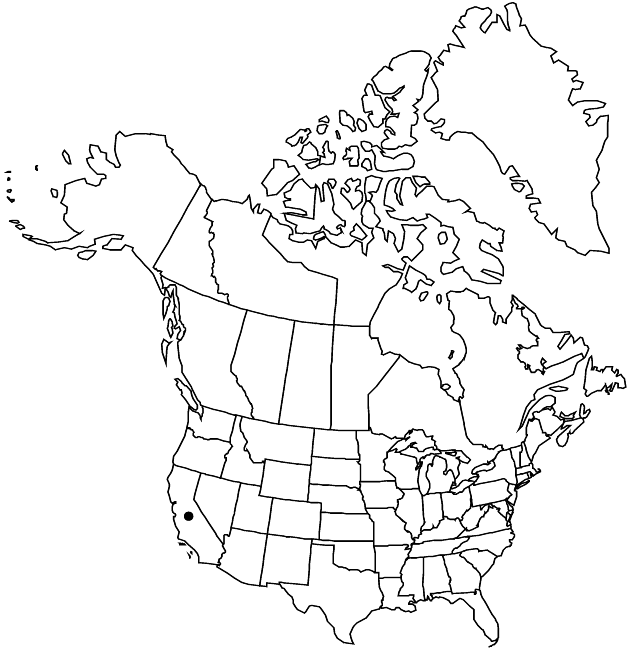Erigeron biolettii
Man. Bot. San Francisco, 181. 1894.
Perennials, 30–90 cm; taprooted, caudices woody, branches ascending, usually basally purplish. Stems ascending-erect, glabrous or sparsely hispid to hispido-pilose, densely glandular. Leaves cauline; blades narrowly oblanceolate, 20–40 × 2–4 (–5) mm, generally even-sized, margins entire, faces often sparsely hispid or hispido-pilose, densely glandular. Heads (discoid) (1–) 2–15 in loosely corymbiform arrays. Involucres 6–8 × 12–15 mm. Phyllaries in 3–5 series (usually purple apically), glabrous, densely minutely glandular. Ray (pistillate) florets 0. Disc corollas 4.5–6.5 mm (throats slightly indurate, not inflated). Cypselae 2–2.5 mm, 2-nerved, faces glabrous; pappi: outer of setae, inner of 22–38 bristles.
Phenology: Flowering Jun–Sep.
Habitat: Dry slopes, pine woods, mixed forest, rocks and ledges along rivers
Elevation: 50–1100 m
Discussion
Selected References
None.
